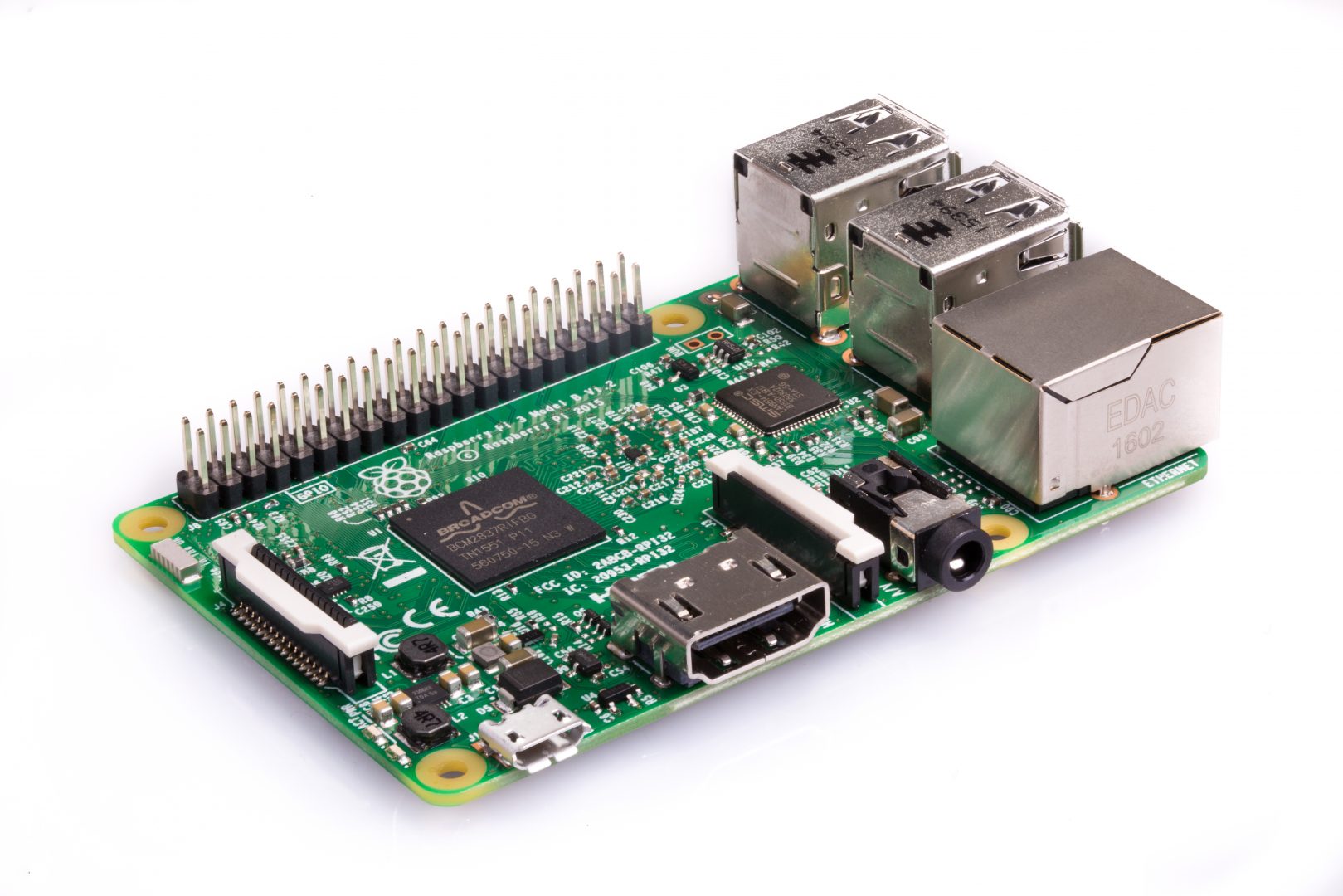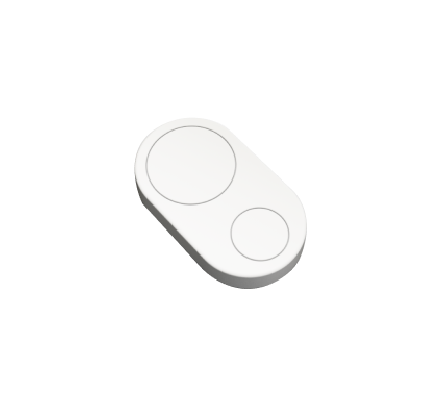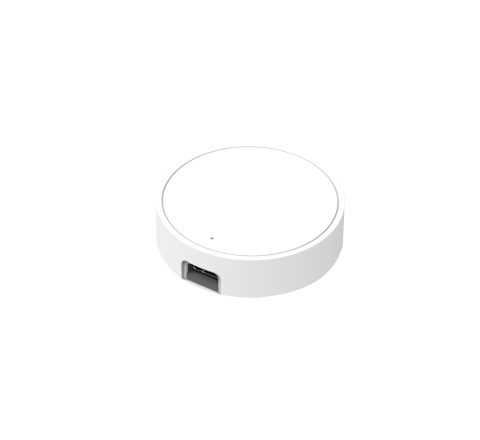When we dreamed up the Flic Hub, we had a wish list. It should be powered by a single board computer, an ARM System-on-Chip and run a new Linux version so we could run the latest Bluetooth version. It would retail for less than $100 and ship in October. For that dream to be a reality, we needed a dream component to power it. It was a roundabout journey, but we found it in Next Thing Co.’s GR8 microchip. It’s allowing us to build the Flic Hub that we and the Flic community dreamed it could be.
When designing the Flic Hub (determined in a rather unconventional way), we started off like a lot of people do, by building on top of a Raspberry Pi (RPi).

The RPi is awesome – cheap, available, well tested, and with a massive, dedicated developer’s community. Our tests with it went well, and we could achieve most use cases by porting code from our well tested Flic Android app.
But the RPi has way more stuff than we needed for the Flic Hub and it is too expensive. Even though RPi’s $35 may seem cheap compared to a $99 product like the Flic Hub, it’s not. Add memory chip, plastic housing, accessories, packaging, shipping, handling and reseller’s margin, and you won’t be able to make a consumer product selling for any less than $200 based on RPi.
Besides, we needed to remove some components and add some others to accommodate for our unique Bluetooth needs and the IR accessory. Both Farnell and RS components (both producers of the RPi) were willing and helpful to accommodate some changes, but the price tag was not decreasing.
With a short time-to-market, high demands and a small investment budget, we started at square one. For ages (probably more than two weeks) we sourced the earth for a feasible processor to power our Hub with the mindset that we would build the Hub from scratch.
As soon as we found a good match for a processor, they were either not available for us to buy (try buying RPi’s Broadcom processors as a small Swedish startup, I dare you) or too old. If they were not running a recent-enough Linux Kernel, we wouldn’t be able to run features of Bluetooth version 4.2 that we needed.
Another important aspect when sourcing a processor is the developer community and available documentation. If you’re a small customer to a large enterprise and you find a bug in their code, it will be tough to get the bug fixed. If you have a question, no one will be there to answer.
Our eyes turned to RPi alternatives, and after some turn-around, we were introduced to the team at Next Thing Co (NTC) and their C.H.I.P computer (then priced at $9). NTC started off with a successful crowdfunding campaign just like us. Having been in our shoes, the guys at NTC were incredibly easy to work with. When we asked NTC to fix a bug we found, they did – quickly – and they even helped us making design decisions.

Their product C.H.I.P Pro was pretty similar to what we needed for the Flic hub. For a long time (we’re talking weeks) we considered building the Hub by mounting the C.H.I.P Pro on a custom board that we made, adding the 3,5mm jack for the IR and our second Bluetooth chip. But, however small and cost-effective the C.H.I.P Pro is, it just didn’t fit in our industrial design considering our extra components. Flic Hub needs to be small and discrete.
Luckily, we didn’t have to start at square one again. NTC’s C.H.I.P Pro is driven by NTC’s GR8 chip, which in turn is based on Allwinner’s R8 processor. What NTC has done though, is to combine the cost-effective R8 with a compliant memory to reduce complexity, and they keep it updated with the right Linux Kernel. The best part – this is a processor unit we could easily buy it, in any quantity, with quick delivery.

The GR8 chip is well thought through and have all the things we need. It has pins for WiFi (to connect a WiFi chip), audio (so the Hub can play music through the 3,5mm jack), IR receiver (so the IR accessory can “learn” IR commands), 5 volt digital output (so we can drive the IR LEDs) and much more cleverness.
NTC’s technical documentation is fantastic and does not require an NDA, a big differentiator to many other processors we looked at. They also have a large developer’s forum with thousands of GR8 experts and hobbyists we can ask.
The choice of GR8 was easy once we realized it was available and while the rest of the design of the Flic Hub wasn’t easy, we had the help and expertise we needed.
We’re proud to be building a new and crowdfunded product based on a fellow crowdfunded company’s GR8 product.
With Love,
Joacim
Also published on Medium.












